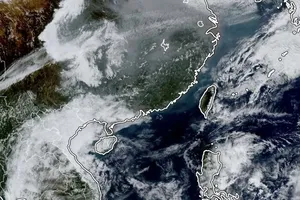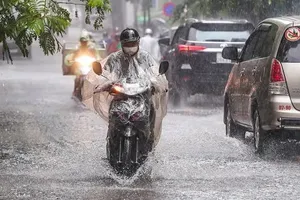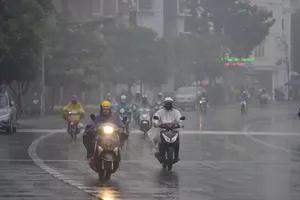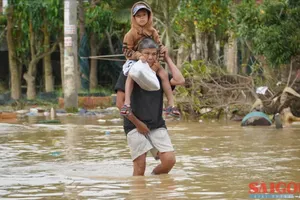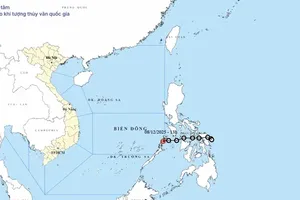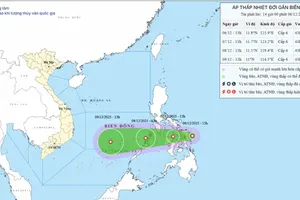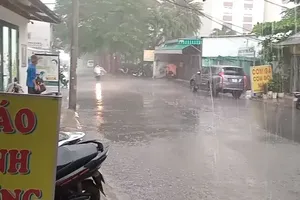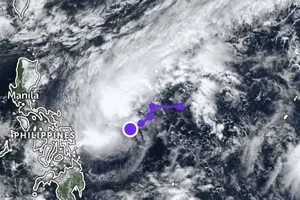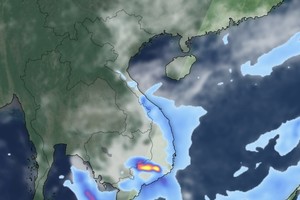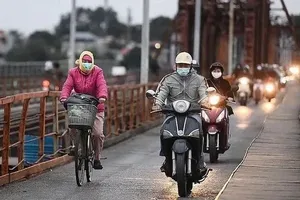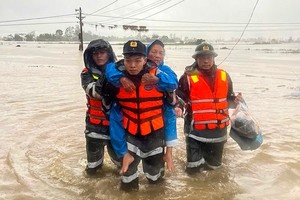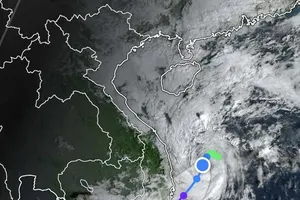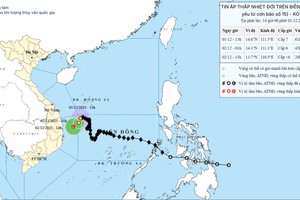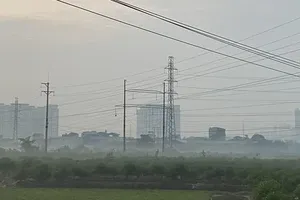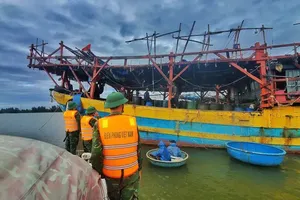Previously, as reported by Sai Gon Giai Phong (SGGP) Newspaper, a newly-formed storm, internationally named Yagi, formed from a tropical low-pressure system east of the Central Philippines last night.
By September 2 morning, most hydro-meteorological agencies from the United States, Japan and Europe had consistently predicted that the storm would move into the northern waters of the East Sea with the possibility of becoming typhoon No. 3 to affect Vietnam this year and the strongest typhoon so far.
By noon on September 2, the National Hydro-Meteorological Forecasting Center of Vietnam issued an early warning in multiple places and an emergency response to typhoon Yagi.
As reported by the weather agency, at 10 a.m. on September 2, typhoon Yagi was located in the eastern waters of Luzon Island, the Philippines with wind speeds of 62-117 kilometers per hour. The storm is forecasted to move west-northwest at a maximum speed of approximately 20 kilometers per hour and is expected to enter the East Sea.
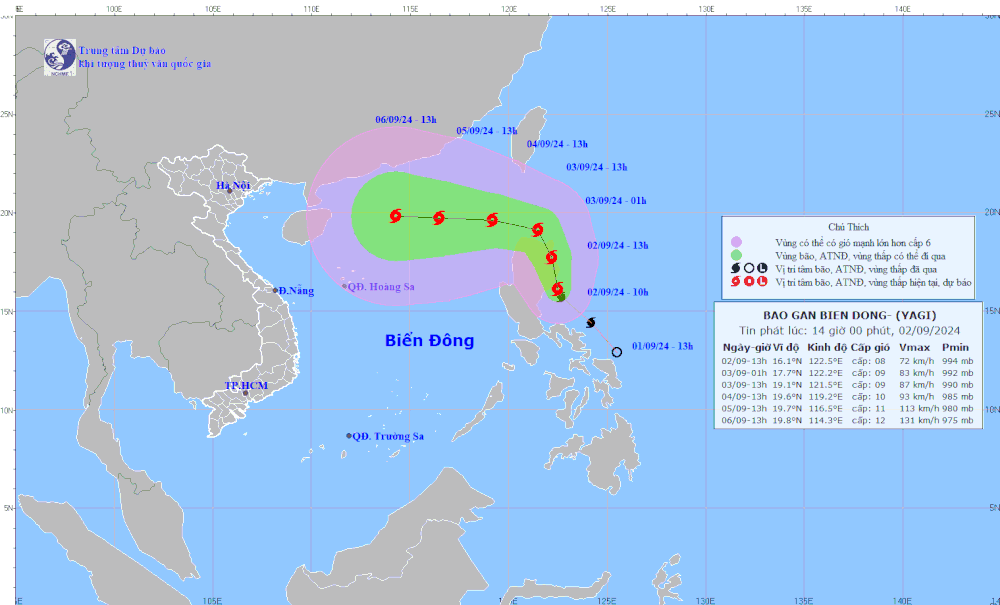
By 1 p.m. on September 2, the typhoon was centered at around 16.1 degrees north latitude and 122.5 degrees east longitude near Luzon Island, the Philippines. The strongest winds near the center of the storm were at level 8 (62-74 kilometers per hour), and gusts up to level 11 (102-117 kilometers per hour).
The storm is moving north- northwest at about 20 kilometers per hour.
It is forecast that typhoon Yagi will enter the East Sea. Under its impacts, the northeastern waters of the East Sea will see powerful winds of level 6 (39-50 kilometers per hour) while multiple zones near the center of the storm will suffer from wind speed of level 8 (62-74 kilometers per hour) to level 11 (102-117 kilometers per hour), big waves and rough sea.
From September 4 to September 6, the typhoon is expected to operate with extremely strong force at level 12 to level 15 (117 kilometers above per hour) in the northeastern waters of the East Sea.
Due to the high possibility of typhoon Yagi slamming into the East Sea, Deputy Minister of Agriculture and Rural Development Nguyen Hoang Hiep issued an emergency dispatch to local authorities and relevant departments and agencies requiring early response to the typhoon as it has increased strength.
Particularly, the People Committees of North and Central provinces and cities from Quang Ninh to Phu Yen together with ministries and relevant units need to proactively deploy works to cope with the impacts of the typhoon, grasp more about the number of fishermen and the positions of fishing boats at sea, regularly update and closely monitor the path of the storm to help vessels promptly take shelters.
Following instructions, they must be ready with personnel and means for search and rescue operations in emergency conditions.
